Automation is rapidly transforming industries, boosting productivity, efficiency and profits. But, there’s a concerning side to this fast paced technological changes as it’s subtly reducing job opportunities across many sectors. As robots, artificial intelligence and machine learning systems replace tasks once performed by humans, we look at 18 ways automation is impacting jobs without us even realizing it:
Warehouse Automation

Automated warehouses like those operated by Amazon, Walmart and Alibaba are using robotic systems to handle sorting, packing and shipping tasks. This technology reduces the need for manual labor, especially during peak seasons when temporary hires were traditionally needed.
Customer Service Replaced by AI Chatbots

Many businesses are adopting AI-powered chatbots to manage customer service inquiries, reducing the need for human call center staff. These bots can handle large volumes of queries simultaneously, solving customer issues without requiring the assistance of live agents.
Automated Checkout Systems

Supermarkets and retail stores have introduced self-checkout machines, allowing customers to process their own transactions without cashiers. While this streamlines the checkout process, it also reduces the need for staff in retail settings, gradually lowering the number of entry-level positions.
Robot Baristas and Bartenders

Some restaurants and cafes now use robots to prepare and serve coffee, drinks and even complex dishes. While these technologies might initially attract customers, they reduce the need for baristas, bartenders and chefs in the service industry.
Algorithm-Driven Financial Services

Robo-advisors are transforming finance, allowing people to invest in the stock market without human financial advisors. Automation in the financial sector is reducing the demand for human advisors, brokers and analysts who traditionally handled investment portfolios.
Content Generation by AI Writers
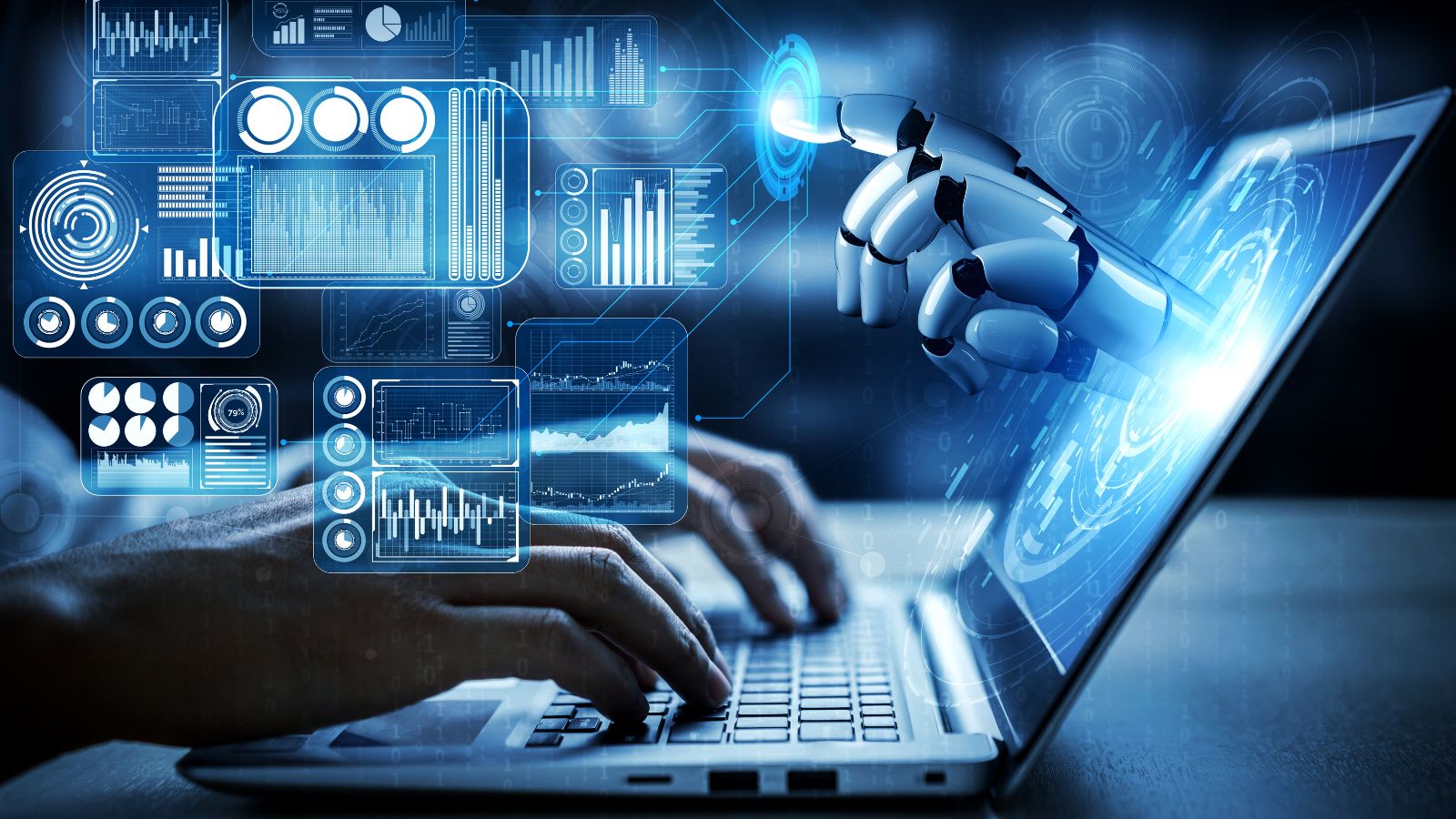
In media, AI writing programs are now capable of producing news articles, blog posts and reports on a vast array of topics. This technology has the potential to displace writers, editors and content creators who rely on freelance or full-time jobs for income.
Automated Agriculture
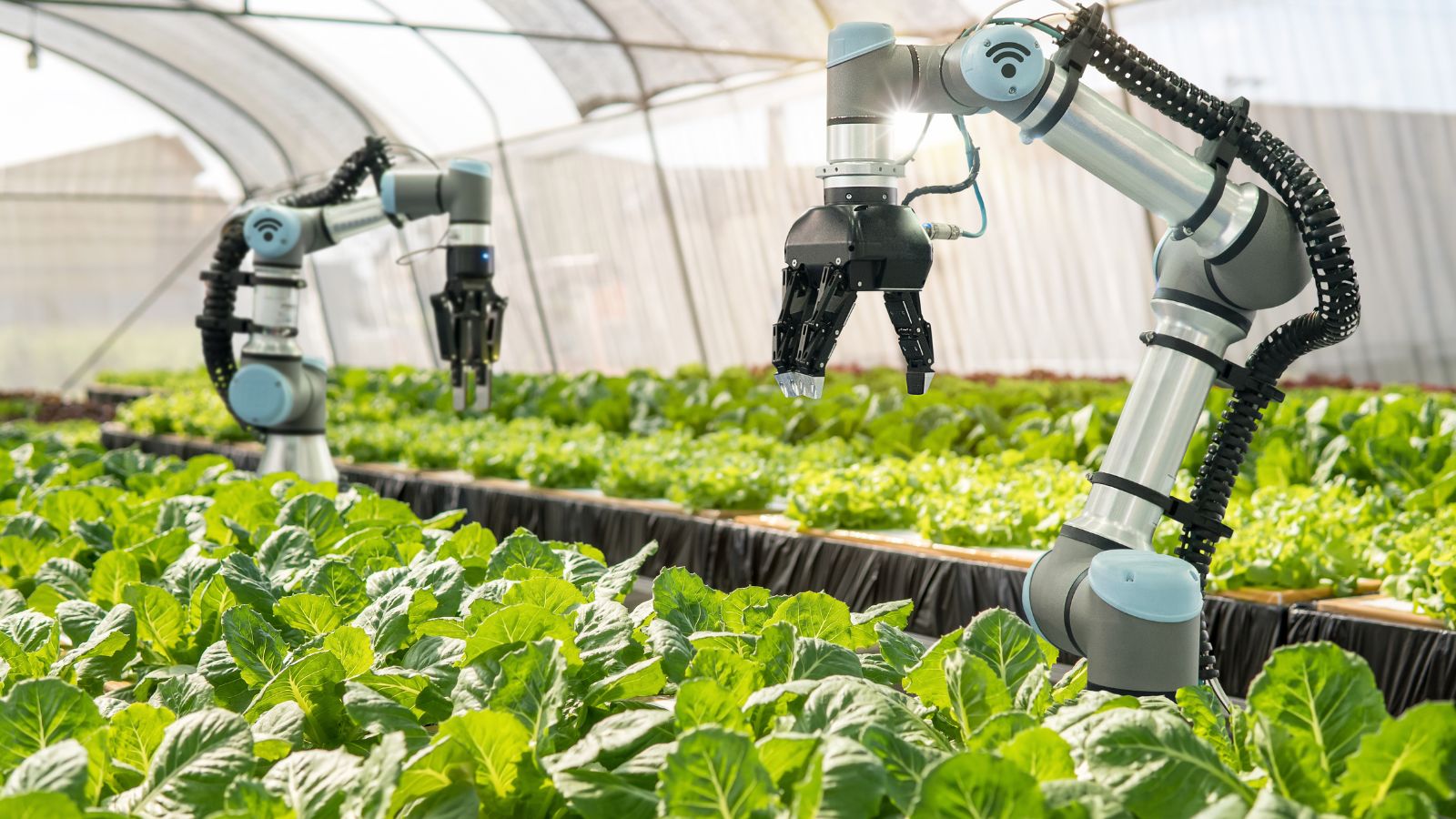
The agriculture industry is seeing a rise in automated equipment like GPS-guided tractors, drones for crop monitoring and robotic harvesters. This technology reduces the need for human laborers in farming and agricultural production, especially in larger-scale operations.
Automation in Healthcare Diagnostics

AI tools now assist in analyzing X-rays, MRIs and other medical scans, reducing the demand for radiologists and lab technicians. As these tools continue to improve, they could take over a greater share of diagnostic tasks traditionally performed by medical professionals.
Self-Driving Vehicles Impacting Transportation Jobs

Although still in development, autonomous vehicles pose a potential risk to jobs in transportation, such as truck driving, delivery services and taxis. Once self-driving technology becomes mainstream, many of these jobs could be significantly reduced or transformed.
Construction Robots Reducing Manual Labor Needs
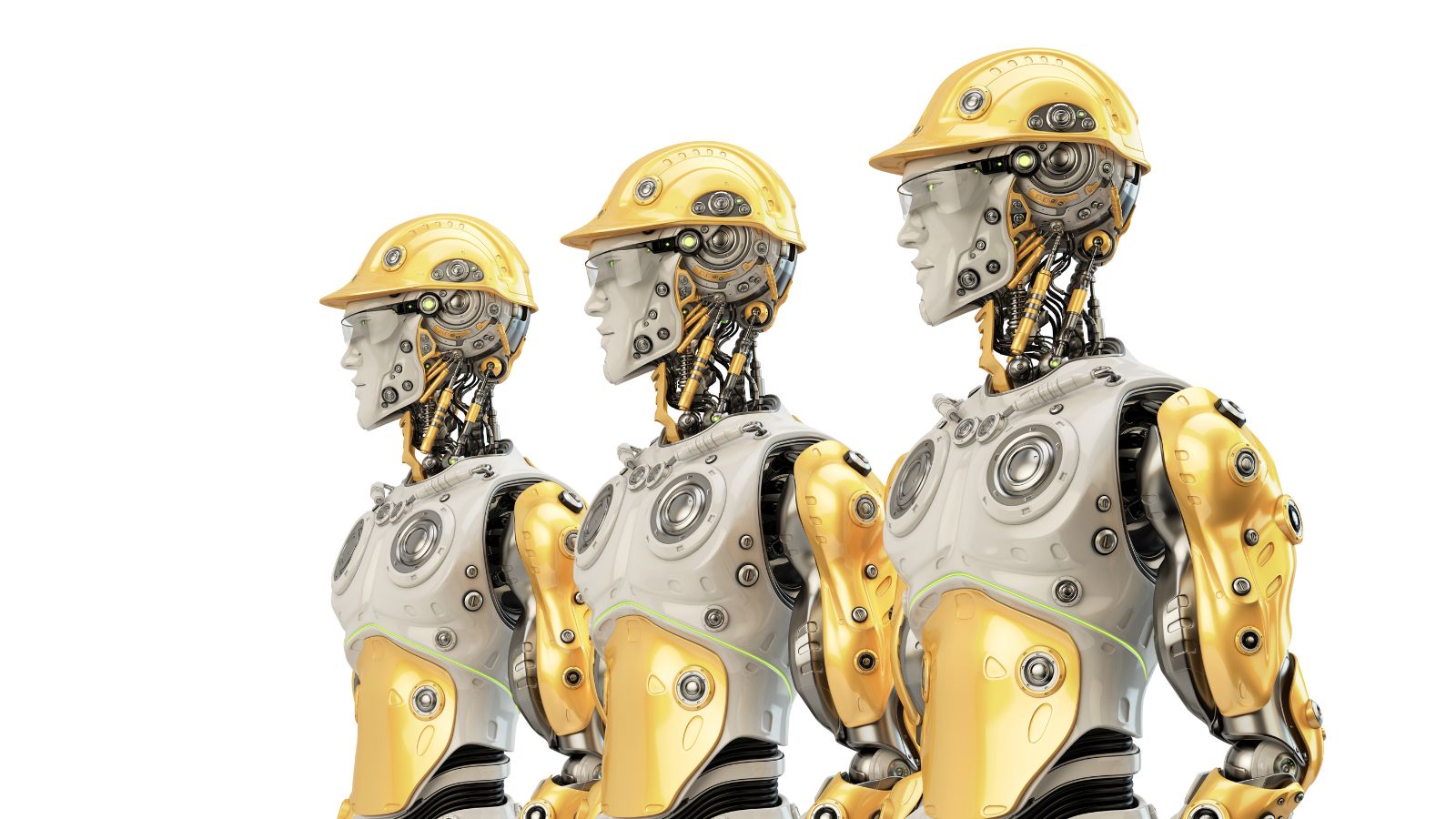
Robotic equipment is becoming more common in construction, with tasks like bricklaying, painting and even inspection now managed by robots. These machines can work longer hours and with higher precision than human workers, reducing the need for manual labor on construction sites.
Inventory and Stock Management Using AI

Automated inventory systems, which can track and reorder stock in real time, are becoming more common in retail and warehousing. These systems reduce the need for stock clerks and inventory management personnel, as fewer people are required to manage these tasks manually.
Automated Legal Services in Law Firms

AI-powered legal tools can now review contracts, analyze case law and even draft legal documents. These tools reduce the need for junior attorneys and paralegals, particularly in firms focused on high-volume legal tasks like contracts and compliance.
Manufacturing Robots Replacing Assembly Line Workers
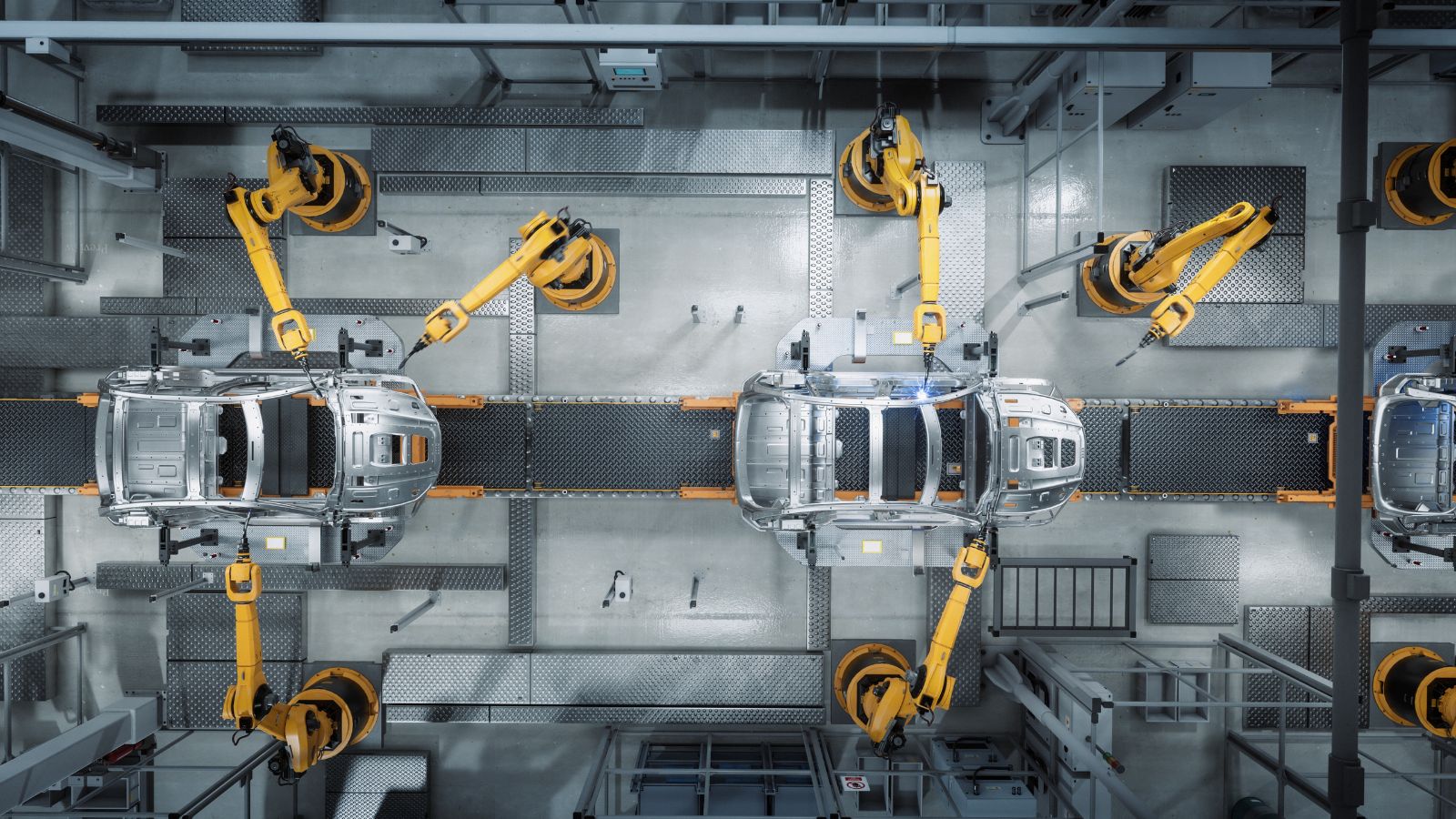
Robots have been a staple in the manufacturing industry for years, but advancements in robotics are making them more efficient than ever. As a result, many assembly line jobs are disappearing, especially in industries like automotive manufacturing where precision and speed are essential.
Automated Hotel Services

Some hotels have introduced automated check-in systems, room service robots and AI concierges that can assist guests with questions and information. These changes decrease the need for front desk staff, concierges and room service personnel.
Automated Sorting in Postal and Delivery Services
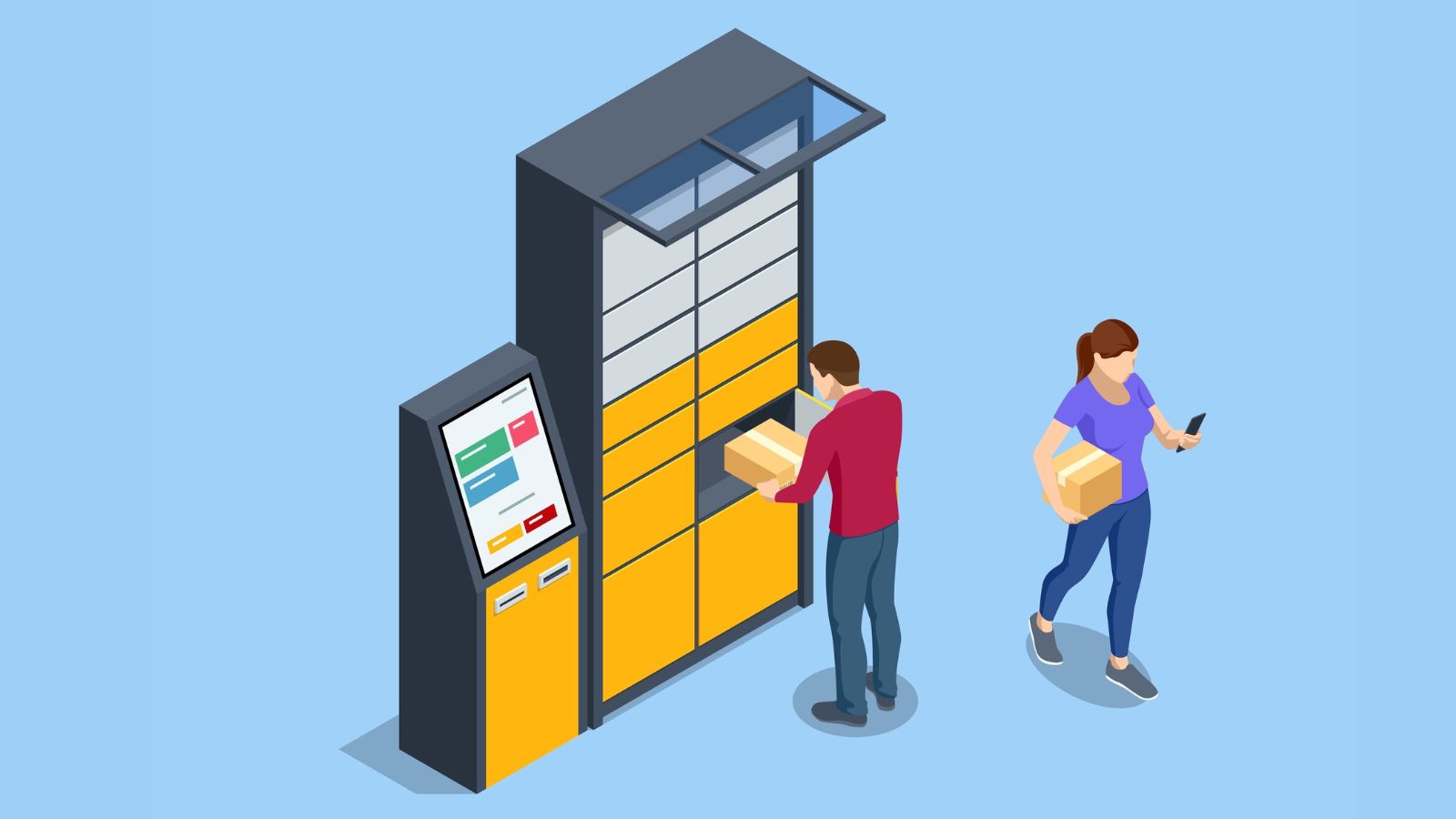
Automated sorting machines used in postal and courier services can handle thousands of packages per hour, reducing the need for human sorters and packers. As online shopping continues to rise, these systems reduce the demand for human labor in distribution centers.
Advanced Surveillance Replacing Security Personnel

AI-driven surveillance systems, including facial recognition and predictive monitoring, are used in public places, reducing the need for on-site security personnel. These systems can monitor large areas continuously, providing security coverage that traditionally required several guards.
Automated Administration

Document management systems powered by AI can scan, categorize and organize large volumes of paperwork, reducing the need for administrative assistants and data entry workers. Many organizations now use these systems to manage records, further decreasing job opportunities in office administration.
Automated Education Tools

Online learning platforms and AI-based tutoring services are rising in popularity, reducing the need for teaching assistants and tutors in certain educational settings. As AI teaching tools become more effective, they could significantly impact the job market in the education sector.
18 Reasons Why People Are Leaving Florida in Masses

Exploring factors that impact the desirability of living in Florida, this list delves into various challenges shaping residents’ experiences. From environmental concerns like rising sea levels to economic factors such as fluctuating job markets, these issues collectively contribute to a nuanced understanding of the state’s appeal.
18 Reasons Why People Are Leaving Florida in Masses
